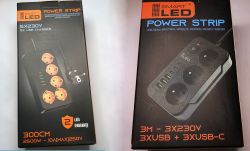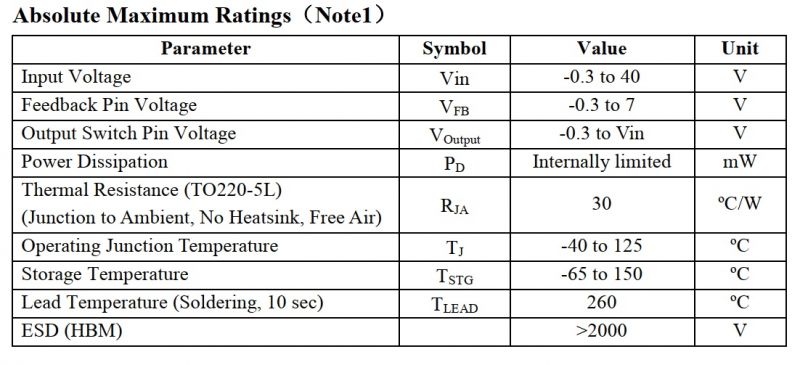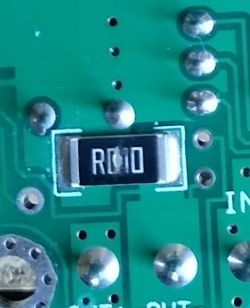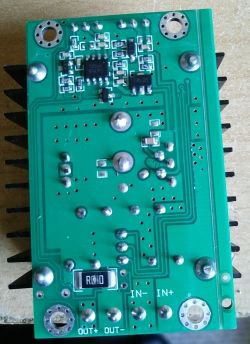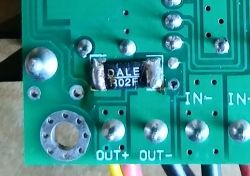damian1115 wrote: In a word, for each voltage, you would have to choose a different potentiometer. That it would work in the full range of revolutions.
None of these things! The converter (specifically this one) will not give you the output voltage higher than the one that powers it.
damian1115 wrote: It seemed to me that the potentiometer should cover the entire voltage range with all its revolutions, regardless of the supply voltage.
You just felt bad. It would have to be a converter in SEPIC (Step up / Step down) topology that can both raise and lower the voltage, this is Step down, so you have a voltage always lower than the supply voltage at the output. I described a similar converter module that can be used as a programmed power supply / charger;
https://www.elektroda.pl/rtvforum/topic3800804.html I have had the one from the online shop, along with the panel meter, built into the power supply that I use as a charger. The supply voltage is 23.9VDC, which "sits" up to 22.5VDC under load. The adjustment range is from 0 to 20.9VDC at the output, the "top" of the setting ends at about 3/4 of the voltage adjustment potentiometer setting. Connecting a voltage of about 35VDC to the power supply from a second power supply gives a range of 0-30V in the full range of the potentiometer adjustment (I have not tested higher voltages).



